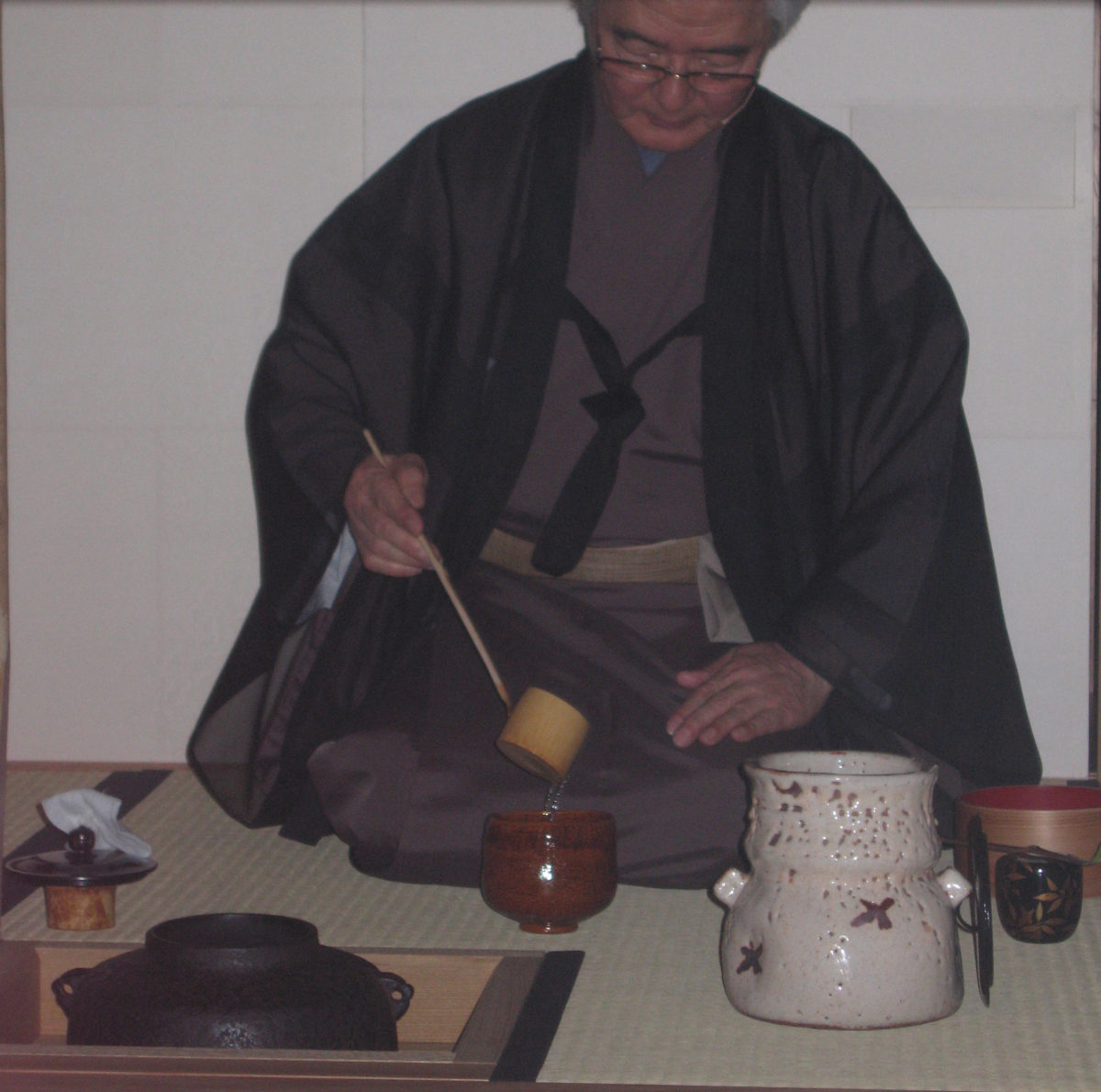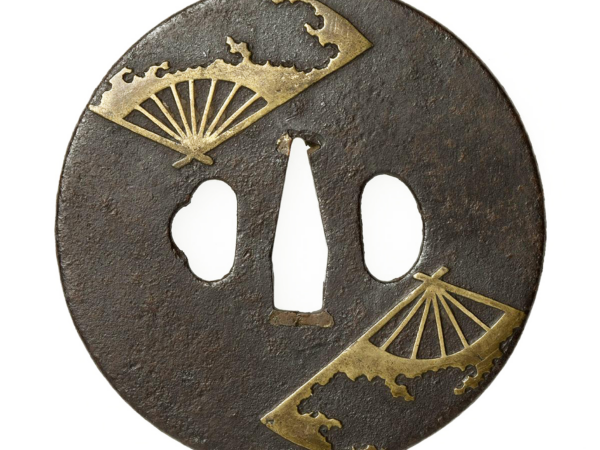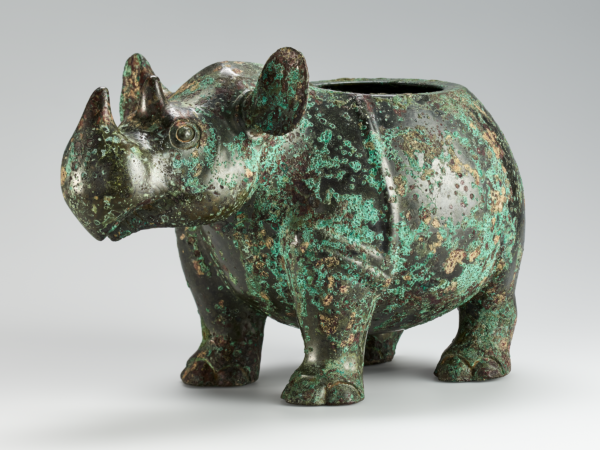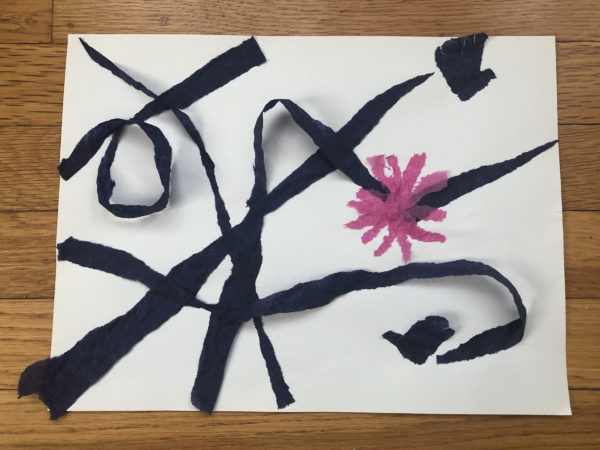Activity
Chanoyu: The Japanese Art of Tea
The Japanese phrase Chanoyu, translated literally as “hot water for tea,” refers to the tradition of preparing and serving powdered green tea in a highly stylized manner.

The Japanese phrase Chanoyu, translated literally as “hot water for tea,” refers to the tradition of preparing and serving powdered green tea in a highly stylized manner. The art of Chanoyu, also called “tea gathering” by practitioners, combines elements encompassing fine and applied arts, architecture, landscape design, and etiquette. Through Chanoyu, sharing a bowl of tea becomes an act evoking self awareness, generosity towards others, and a reverence for nature.
The tradition of serving powdered green tea was introduced to Japan from China in the twelfth century. Japanese Buddhist priests who traveled to China to study religious scriptures returned to their homeland having acquired new customs. The priest Eisai (1141–1215 CE), of the Rinzai Zen Buddhist sect, is credited with bringing to Japan the practice of drinking tea in its powdered form. Powdered green tea became an important feature of the Zen monastic tradition and was used as an aid for staying alert during long periods of meditation. From its origins in Zen ceremonies, the cultural practice known as Chanoyu emerged in its secular form during the fifteenth and sixteenth centuries. A succession of tea masters was instrumental in this development: the Zen priest Murata Shuko (1422–1502 CE), who was responsible for formalizing the tradition in accordance with Zen ideals; Takeno Jo-o (1503–1555 CE), who refined the art; and Sen Rikyu (1521–1591 CE), who established the form of Chanoyu as it is known today.
The guiding principles of Chanoyu as expressed by Sen Rikyu are:
- Harmony (Wa): harmony between guests, hosts, nature, and setting
- Respect (Kei): sincerity toward another, regardless of rank or status
- Purity (Sei): to spiritually cleanse oneself—to be of pure heart and mind
- Tranquility (Jaku): inner peace that results from obtaining the first three principles; this inner peace allows one to truly share
In addition to these principles, the essence of Chanoyu is embodied in the concept of ichi-go ichi-e (literally, “one time, one meeting”; pronounced eecheego eechee-eh). This is the awareness that each tea gathering is a once in a lifetime event, never to occur again. For this reason, the sharing of a bowl of tea should be conducted with humble nature and the utmost sincerity.
A tea gathering may be held any time throughout the year. The type of gathering depends upon the season and time of day. If the tea gathering is in honor of a special occasion, this is reflected in the combination of elements that characterize the event. There are two types of tea used in Chanoyu: thin tea (usucha) and thick tea (koicha). In a tea gathering with thin tea, each guest is served an individual bowl of tea. In a tea gathering with thick tea, the more formal of the two types of gatherings, a single bowl of tea is prepared to be served to all guests—each guest taking sips of tea from the bowl.
This sharing of a single bowl of tea represents the unity of hearts and minds among the participants. In Chanoyu, there are many symbols of respect. Particularly important is the manner in which a tea bowl is presented and received. The host determines which side of the bowl is most beautiful. This side is referred to as the “front” of the bowl. As a bowl is presented to a participant, the front always faces the recipient. Similarly, when tea is consumed by a guest, the bowl is rotated so that its most beautiful side is facing the host, and so that the guest avoids drinking from its front. This practice reflects the spirit and principles of a tea gathering. Chanoyu is a secular tradition passed down over the centuries in tea schools. Its origins in Zen Buddhism, however, imbued its practice with a spiritual character. A form of both art and meditation, Chanoyu inspires participants to transcend the ordinary and discover the meaning hidden within objects, fellowships, and nature.





